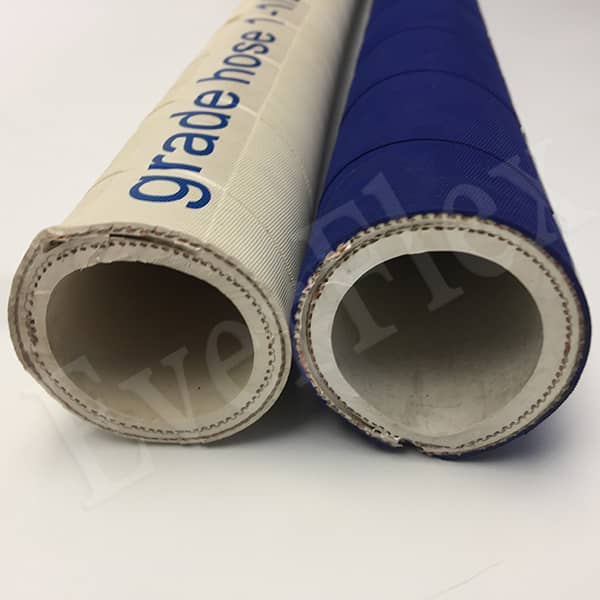Rubber hoses have become essential in chemical, petrochemical, and pharmaceutical fields. They’re also vital for transportation and production in automobiles, tankers, and ships. These hoses handle tough conditions: high and low temperatures, wear, bending, folding, pulling, pressure, and chemical corrosion. Yet, harsh environments and improper use often cause serious problems.
Process lines for rubber hoses in the chemical industry
Rubber hoses connect machines or instruments. They also transport various liquids, depending on their structure and design. For this reason, they must undergo strict inspections. Inspectors check the rubber pipe’s features thoroughly.
To make high-quality hoses, suppliers set up complete process lines. Before delivery, they create detailed inspection records. These records include the hose’s structure, production date, and inspection date. To take responsibility for users, suppliers also document production issues. This is especially important for problems arising during the transfer of steam and corrosive liquids.
Even if a hose shows no damage, improper use can make it unsuitable for certain tasks. It’s crucial to understand why solvents harm a rubber tube’s inner and outer layers.
You should only use a rubber hose after confirming it can handle folding, bending, impact, and wear. Beyond permeability and pressure, length changes and diameter matter just as much. What’s more, industrial hoses must have accurate contact time and service life with liquids. These parameters are easy to determine.
You also need to know if the hose can withstand vacuum. Many hoses work under vacuum conditions. In such cases, the rubber pipe must have a reinforcement layer. Usually, this layer is made of steel wire.





